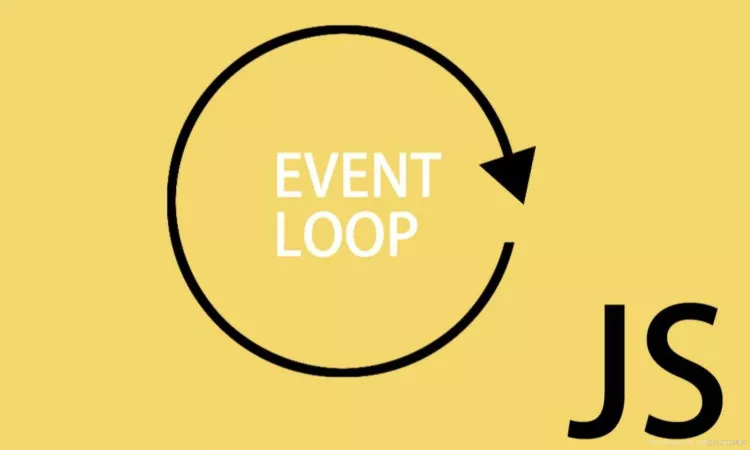判断js中的数据类型有一下几种方法:typeof、instanceof、 constructor、 prototype、 $.type()/jquery.type(),接下来主要比较一下这几种方法的异同。
先举几个例子:
1 2 3 4 5 6 var a = "helloworld"; var b = 222; var c= [1,2,3]; var d = new Date(); var e = function(){alert(111);}; var f = function(){this.name="22";};
1、最常见的判断方法:typeof 1 2 3 4 5 6 7 8 9 10 11 12 13 14 alert(typeof a) ------------> string alert(typeof b) ------------> number alert(typeof c) ------------> object alert(typeof d) ------------> object alert(typeof e) ------------> function alert(typeof f) ------------> function alert(typeof NaN) ------------> number //NaN是一种特殊的number,NaN与任何值都不相等,与自己也不相等 alert(typeof null) ------------> object 其中typeof返回的类型都是字符串形式,需注意,例如: alert(typeof a == "string") -------------> true alert(typeof a == String) ---------------> false 但是在判断引用类型的值时,常常会遇到一个问题:无论引用的是什么类型的对象,都会返回 "object"(当然还有 "function") 。有时候我们需要知道这个引用对象的类型是数组还是一个包装对象,这个时候 instanceof 就可以派上用场了。
2、判断已知对象类型的方法: instanceof 1 2 3 4 5 6 7 alert(c instanceof Array) ---------------> true alert(d instanceof Date) alert(f instanceof Function) ------------> true alert(f instanceof function) ------------> false instanceof 的内部机制是通过判断对象的原型链中是不是能找到类型的 prototype。 注意:instanceof 后面一定要是对象类型,并且大小写不能错,该方法适合一些条件选择或分支。
3、根据对象的constructor判断: constructor 1 2 3 4 5 6 7 8 9 10 11 12 13 14 15 16 17 18 19 20 21 22 23 24 alert(c.constructor === Array) ----------> true alert(d.constructor === Date) -----------> true alert(e.constructor === Function) -------> true 注意: constructor 在类继承时会出错 eg: function A(){}; function B(){}; A.prototype = new B(); //A继承自B var aObj = new A(); alert(aobj.constructor === B) -----------> true; alert(aobj.constructor === A) -----------> false; 而instanceof方法不会出现该问题,对象直接继承和间接继承的都会报true: alert(aobj instanceof B) ----------------> true; alert(aobj instanceof B) ----------------> true; 言归正传,解决construtor的问题通常是让对象的constructor手动指向自己: aobj.constructor = A; //将自己的类赋值给对象的constructor属性 alert(aobj.constructor === A) -----------> true; alert(aobj.constructor === B) -----------> false; //基类不会报true了;
4、通用但很繁琐的方法: prototype 1 2 3 4 5 6 7 8 9 10 11 12 13 alert(Object.prototype.toString.call(a) === ‘[object String]’) -------> true; alert(Object.prototype.toString.call(b) === ‘[object Number]’) -------> true; alert(Object.prototype.toString.call(c) === ‘[object Array]’) -------> true; alert(Object.prototype.toString.call(d) === ‘[object Date]’) -------> true; alert(Object.prototype.toString.call(e) === ‘[object Function]’) -------> true; alert(Object.prototype.toString.call(f) === ‘[object Function]’) -------> true; 大小写不能写错,比较麻烦,但胜在通用。
5、无敌万能的方法:jquery.type() 1 2 3 4 5 6 7 8 9 10 11 12 13 14 15 16 17 18 19 20 21 22 23 24 25 26 27 28 29 如果对象是undefined或null,则返回相应的“undefined”或“null”。 jQuery.type( undefined ) === "undefined" jQuery.type() === "undefined" jQuery.type( window.notDefined ) === "undefined" jQuery.type( null ) === "null" 如果对象有一个内部的[[Class]]和一个浏览器的内置对象的 [[Class]] 相同,我们返回相应的 [[Class]] 名字。 (有关此技术的更多细节。 ) jQuery.type( true ) === "boolean" jQuery.type( 3 ) === "number" jQuery.type( "test" ) === "string" jQuery.type( function(){} ) === "function" jQuery.type( [] ) === "array" jQuery.type( new Date() ) === "date" jQuery.type( new Error() ) === "error" // as of jQuery 1.9 jQuery.type( /test/ ) === "regexp" 其他一切都将返回它的类型“object”。
通常情况下用typeof 判断就可以了,遇到预知Object类型的情况可以选用instanceof或constructor方法,实在没辙就使用$.type()方法。



